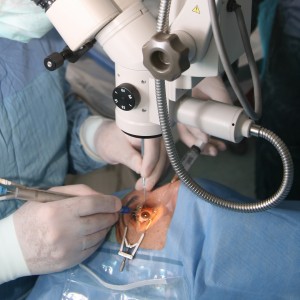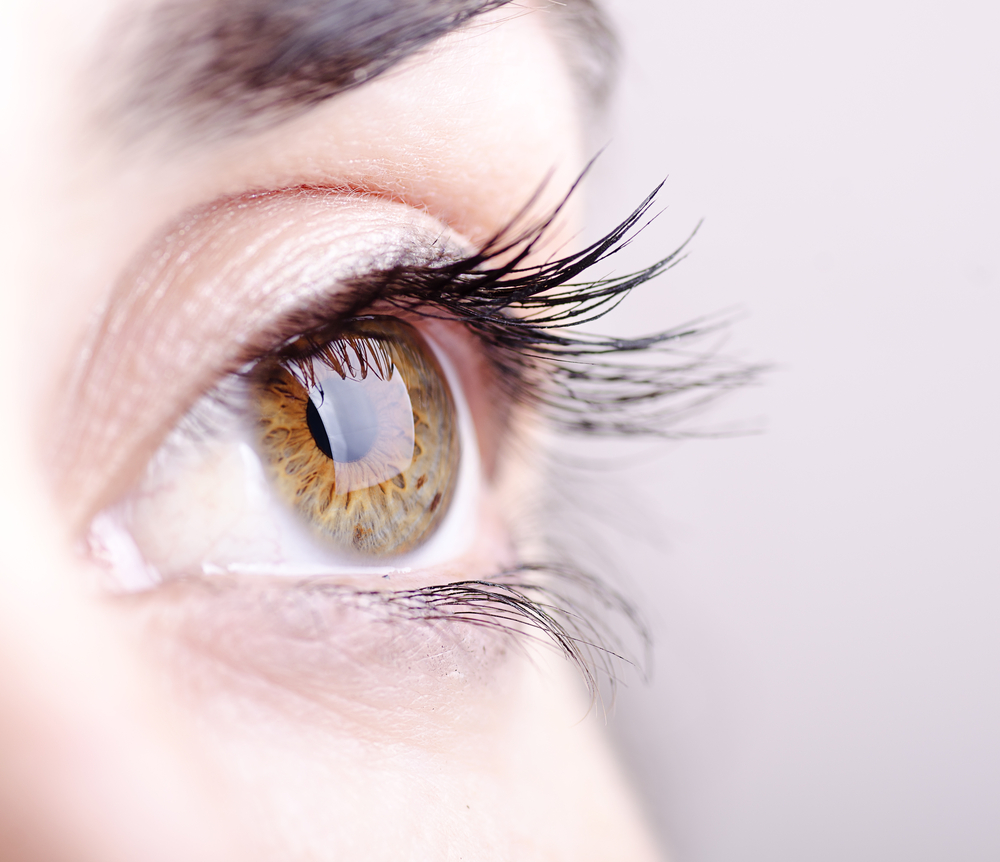 Findings from a recent study revealed a weak association between central graft thickness and postoperative refractive shift at 3 months after Descemet’s stripping endothelial keratoplasty in eyes that had artificial lens implantation after cataract surgery (pseudophakic eyes).
Findings from a recent study revealed a weak association between central graft thickness and postoperative refractive shift at 3 months after Descemet’s stripping endothelial keratoplasty in eyes that had artificial lens implantation after cataract surgery (pseudophakic eyes).
“If someone is planning a triple procedure or a combined cataract extraction with DSEK, and when you’re performing your IOL calculations and when you’re choosing the lens, you want to know what your refractive outcome will be, and that will guide your lens selection,” Sebastian P. Lesniak, MD, said at the Wills Eye Alumni Conference according to a recent news release.
“The key assumption here in the triple procedures, or DSEK combined with cataract extraction, is that we didn’t use the preop refraction. We used the refractive aim, and we looked at the Holladay 1 IOL calculation,” Lesniak said.
The development of endothelial keratoplasty (EK) has provided an appealing alternative to full-thickness penetrating keratoplasty (PK) for the treatment of corneal endothelial dysfunction. It provides a disease-targeted solution to a common indication for corneal transplantation and carries with it many benefits, including faster recovery, more stable and predictable surface topography, minimal change in corneal topography, and consistent refractive shift in comparison with PK. EK also offers benefits involving reduced risk of globe rupture due to the lack of full-thickness incision and a lower rejection rate due to the absence of epithelium, minimization of stromal tissue, and lack of sutures.
The research team conducted a retrospective study between 2014 and 2014 in 257 patients who had pseudophakic DSEK or DSEK with cataract surgery. A total of 24 patients took part in the study and all underwent refraction 3 months after surgery, with results showing an average postoperative visual acuity of 20/32 (range: 20/20 to 20/50). The team also observed that the average refractive shift was of 0.68 D in pseudophakic eyes and of 0.94 D in the eyes that underwent DSEK and cataract surgery, with an average graft thickness 104 µm.
“In conclusion, our average observed refractive shift is hyperopic, as previously published in numerous papers, and it is consistent with the previously published magnitude, anywhere from 0.7 D to just over a diopter. Based on our limited data set, there’s little correlation between central graft thickness and the postoperative refractive shift,” Lesniak concluded.


